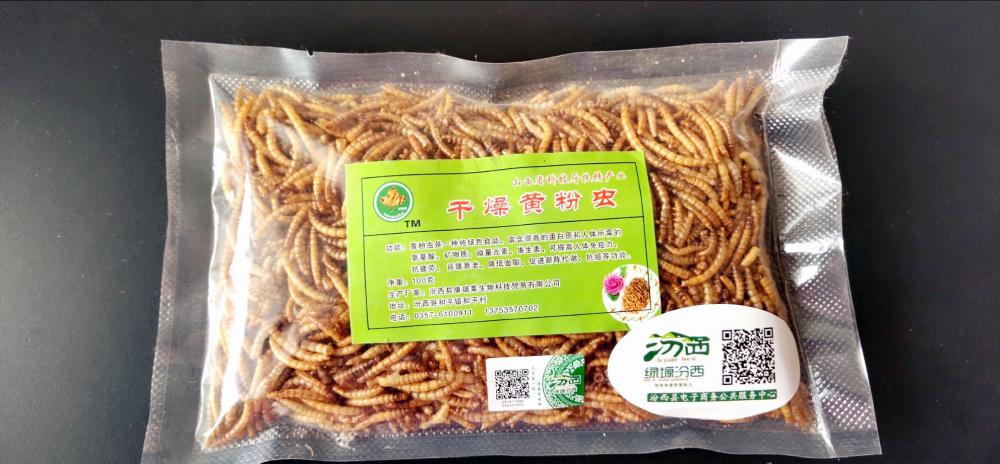Pollution-free control of fruit tree pests and diseases
Planting excellent virus-free seedlings resistant to pests and diseases to select suitable healthy disease-free and disease-free seedlings that are suitable for local climatic conditions and soil conditions, can fundamentally reduce the occurrence of pests and diseases, and reduce the number of pesticides used. In addition, some fruit trees should be avoided mixed, such as apples, pears, and peaches should not be mixed. One of the first things to eliminate pests and diseases through cultivation and management measures is to strengthen orchard water management. Through the application of green manure in the orchard, chemical nitrogen fertilizer reduction, potash fertilizer and farmyard manure, rational irrigation and drainage, and other beneficial cultivation measures to increase tree vigor, the tree's ability to resist diseases such as rosyleaf, spotted defoliation and other diseases will be enhanced, and locusts will be degraded. The nutritional conditions of locusts and ants reduce the harm of sucking pests. The second is fine trimming. The diseased shoots, dead branches, and inner dense shoots are cut in time, and the tree structure is adjusted by pruning to improve the ventilation and light transmission conditions of the tree and reduce the damages of defoliation and aphids. The third is strict thinning of fruit and fruit, bagging, and control of pests and diseases. By sparsely fruiting and fruiting, reasonable loads, it is possible to balance and maintain a robust tree vigor, improve the ability of the tree to resist pests and diseases, and reduce hazards. By bagging, pests can be prevented from invading and fruits and pesticides can be avoided. In addition, technical measures such as clearing the garden in winter, scraping bark, and artificially capturing should be adopted to reduce pests and diseases. Use effective physical measures to harness the strong tendency of pests to certain substances or conditions and adopt physical measures to eliminate them. Such as the use of sweet and sour liquid, black light, yellow plate, trunk of Sedula, etc. to kill a variety of pests. Use natural enemies to eliminate pests and protect and use pest natural enemies, such as grasshoppers, ladybugs, Trichogramma and other natural enemies of pests. In the period of occurrence of natural enemies, strict control over the types of drugs used, no drugs or less use of drugs, planting grasses between orchards, in order to facilitate the breeding of natural enemies, or artificial breeding of natural enemies, eliminate pests. The use of low-toxicity chemical pesticides for the production of non-environmentally hazardous fruits bans the use of highly toxic and high-residue pesticides; the use of moderately toxic pesticides, such as extermination and kung fu, is permitted only for one spray during a growth cycle; low toxicity is used. Low residue pesticides. Safe use of chemical pesticides The vast majority of pesticides have a shelf life, and must be used in strict accordance with the instructions to ensure that pesticides in fruits do not have residues, or residues do not exceed the mark.
The yellow mealworm is not only rich in protein, fat, polysaccharid and other organic macromolecular nutrients, but also rich in phosphorus, potassium, iron, sodium, aluminum and other trace elements. For every 100g of the yellow mealworm larvae, the protein content of dry powder is between 48% and 54%, the fat content is between 28% and 41%, and the contents of vitamin E, B1 and B2 are also high. Therefore, the yellow mealworm can provide high quality protein for the black fish, and make the black fish big, strong and delicious.
Black Fish Feed,5Kg Black Fish Feed,10Kg Black Fish Feed,15Kg Black Fish Feed Fenxi Kangruilai Biotechnology Co., Ltd. , https://www.kangruilai-petfeed.com